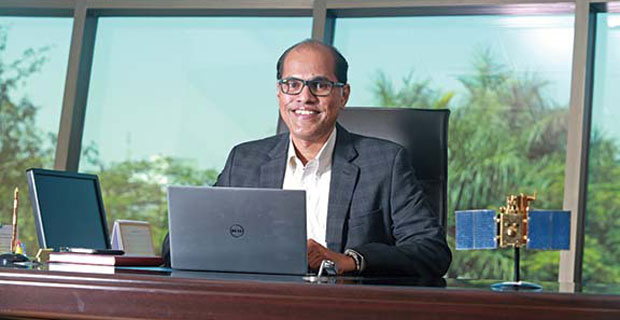“Big money in space”
Clarifying that as a space research organisation, although ISRO’s responsibility was not to grow the commercial segment of the space industry, Rakesh said it, however, was proposing the SSLV programme for involving the industry directly in making smaller rockets. “The Indian industry has to proactively involve and suggest manufacturing methods, which is not our strength as a research entity,” he asserted.
Referring to the growing demand for real-time pictures and data from earth observations in the market in commercial and defence areas, Rakesh said the industry had to come forward to make SSLVs as well as PSLVs, the manufacturing of which the space agency is keen to privatise. With a cost one-tenth of a Polar Satellite Launch Vehicle (PSLV), the 34m-long SSLV will be used to launch smaller satellites that weigh 500-700 kg. The low-cost SSLV requires a dedicated launch pad with a simple vertical launch mechanism, the Antrix executive said. With ISRO looking at 50-60 SSLV launches a year, it wants the private industry to design, develop and manufacture them. The space agency is also looking at many places on the east coast, including Tamil Nadu, to set up the SSLV launch pad, as it will be mostly for commercial purposes.
“Though SSLV will be initially launched from our rocketport at Sriharikota in Andhra Pradesh, we want to have a separate spaceport for it later,” Rakesh stressed. The market for small satellites is estimated to be $18 billion (Rs 1.27 lakh crore) over the next 10 years, with a potential to generate Rs 1,500-2,000 crore business per year for India alone, he noted. Even as there is a lull in the global space market currently, there will soon be a huge demand, on which India can capitalise, as it has the required technologies, which not many countries do, said Rakesh, ahead of the sixth edition of the biennial Bengaluru Space Expo in this tech hub on September 6-8.











Comments.